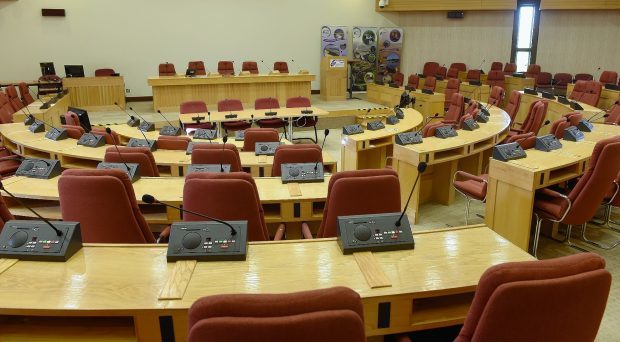Highland councillors will make a final decision next week whether to allow members of the public to submit questions and speak at council meetings.
Currently the public can attend council meetings, but may not speak.
The idea was first put forward in June by depute leader councillor Alasdair Christie, who raised a motion asking for 20 minutes to be set aside for questions from the public.
The motion was added to by councillor Ron MacWilliam who asked that the council “committed to a review current security and public seating arrangements to encourage attendance at meetings and to ensure a warm welcome for all citizens wishing to engage with Highland Council”.
The motion was carried but not without a challenge from council leader Margaret Davidson, who asked for more detail before a decision was made.
At full council on Thursday, councillors will be asked to approve a new standing order allowing a member of the public to submit a written question to the leader and depute leader of the council, or chair of the appropriate committee.
The standing order says that the question must be received by the head of Corporate Governance no later than noon on the Friday preceding the meeting.
Questions must not exceed one minute, must be delivered at the meeting exactly as submitted, and one supplementary question will be allowed in each case.
The standing order bans questions referring to individual planning or licensing matters or any matter of a personal nature.
Public questions cannot be substantially the same as a question which has been put to full council in the previous six months, and must not be defamatory, frivolous, vexatious or offensive, or require the disclosure of confidential or exempt information.
Twenty minutes will be allocated for public questions.
The new standing order will be discussed next week along with other changes proposed to current standing orders, and if approved will start at the council’s December 12 meeting.
